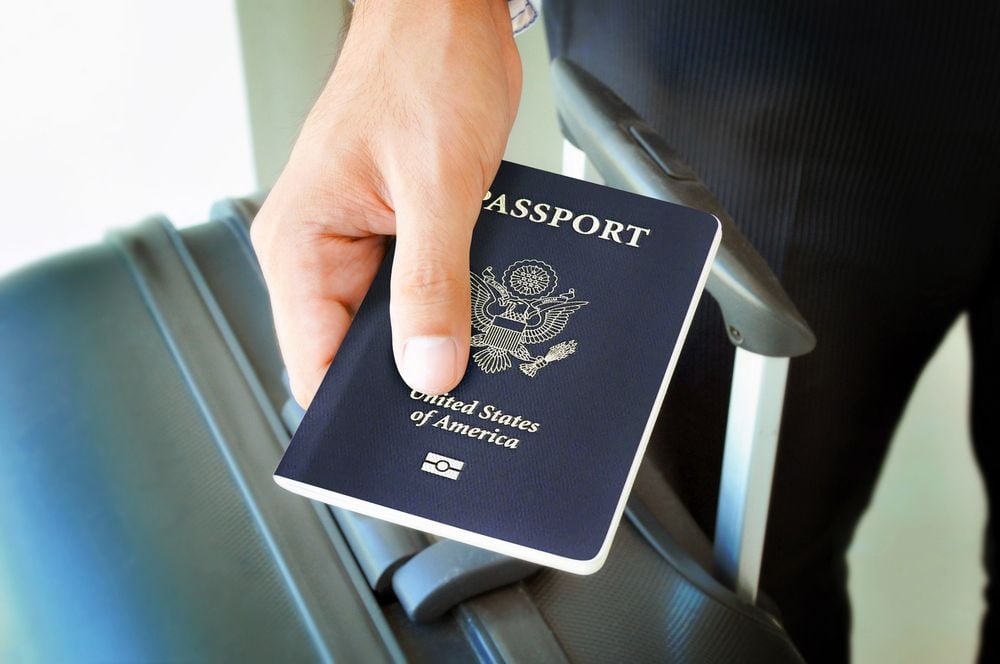Reason Many Travelers Are Avoiding Seat 11A When Booking a Flight
Ryanair often provokes a love-hate relationship among travelers, with some frustrations stemming from misunderstandings about its rules and others tied to well-known quirks that have made the airline infamous. For instance, while it’s Europe’s most punctual and one of the safest carriers, its rigid policies on luggage sizing and fees have led to passenger grumbles for years.
However, Ryanair is also known for something more curious in aviation circles—the windowless seat at 11A on its Boeing 737-800 aircraft. This unique feature has not gone unnoticed, especially among aviation enthusiasts (or “avgeeks”) and frequent fliers.

The Mystery of Seat 11A
Among Ryanair travelers, seat 11A has earned a peculiar reputation. Unlike other window seats, this specific spot onboard the Boeing 737-800 lacks a window. Instead of the scenic views commonly enjoyed from a window seat, passengers here face the plane’s cabin wall, with the nearest window awkwardly positioned behind their shoulder.
By comparison, 11F, on the opposite side of the aircraft, features a properly aligned window. While seat 12A also has a limited view due to the placement of the window ahead, passengers seated there can at least crane forward to catch a glimpse of the sky.
For those who value window views during travel, stumbling upon seat 11A can lead to disappointment. This design anomaly is not just a random quirk; as confirmed by Ryanair and observed across similar aircraft by aeroLOPA, the lack of a window is due to the placement of the Boeing 737-800’s air conditioning ducts within the cabin walls.
Interestingly, this isn’t a universal issue across Ryanair’s fleet—seat 11A on the newer Boeing 737 MAX 8-200, for example, features a window. However, on these newer aircraft, certain seats such as 14A have obstructed views due to the plane’s structural design.
The Growing Awareness Among Travelers
Seat 11A has gained notoriety in recent years, thanks in no small part to social media. Passengers often post humorous reactions upon discovering this unexpected design. These posts have often gone viral, drawing attention not just to 11A itself but to Ryanair’s witty and sarcastic social media responses. For instance, the airline humorously pointed out in one instance that it “sells seats, not windows,” a classic example of the brand’s tone online.
Despite the lighthearted engagement, the seat’s lack of transparency—quite literally!—has prompted customer frustration, resulting in changes to Ryanair’s booking process. Passengers booking seat 11A on flights operated by the Boeing 737-800 are now met with a disclaimer stating, “This seat has no window.” However, whether such warnings are regularly noticed by customers remains open to debate, especially given the influx of complaints on social channels.
Seriously @Ryanair I paid for the window seat 🫠 pic.twitter.com/78qp9W3lLM
— MartaVerse (@MartaVerse) September 10, 2022
Ryanair Isn’t The Only Airline With Missing Windows
Ryanair is not alone in its windowless seat quirks. Due to similar airframe and cabin configurations, this issue exists across other airlines operating the Boeing 737 series. For example:
- Alaska Airlines’ 737-800 features seat 10A without a window, while 11A and 11F have only limited views.
- On the 737-900ER, Alaska Airlines’ 11A also suffers from a partially obstructed view.
- New Boeing 737 MAX variants operated by Alaska see missing windows on seats 10A (MAX 8) and 11A (MAX 9).
Even beyond the popular Boeing 737, windowless seats crop up on other aircraft types. British Airways, for instance, has a specific “double whammy” seat on some Airbus A319s—25A—where not only is there no window, but the seat is inconveniently located adjacent to a restroom.
However, certain couples reportedly enjoy the row given that it contains just two seats rather than the conventional three. On a broader scale, some British Airways and other international carriers’ long-haul aircraft block off windows to accommodate unique First Class or Business Class seat designs.
Why Do Windowless Seats Exist?
Design-specific engineering constraints, such as cabin air conditioning systems or structural reinforcements, are often responsible for missing or misaligned windows. For smaller, low-cost carriers such as Ryanair, these configurations can result from how specific airframes are optimized for efficiency.
For example, the 737-800 is designed to fit a precise number of seats while still accommodating systems like air ducts. Redesigning these interiors to allocate windows more “fairly” would likely reduce the number of passengers who could be included, impeding both cost efficiency and revenue generation.

Helpful Solutions for Travelers
For travelers eager to avoid windowless window seats, preparation is key. Websites such as aeroLOPA and SeatGuru offer detailed seating maps for specific airlines and aircraft models, letting customers identify potential problem seats before or during booking. While carriers like Ryanair now provide on-screen warnings during seat selection, these are often relegated to small text boxes or pop-ups that can be easily missed amid the rush of finalizing a booking.
Interested passengers should also consider researching common airframes operated by their chosen airline prior to travel. With Ryanair, for example, there’s a high likelihood—66.33%, based on current fleet distribution—that a flight will be operated by the Boeing 737-800, meaning seat 11A on such flights is statistically more likely to lack a window.
Looking Forward
Ryanair continues to expand its fleet aggressively, including newer Boeing 737 MAX models, some of which feature a modified seating layout with improved window alignment in certain rows. With 173 MAX 8-200s already in operation and more on order—including 150 of the yet-to-be-certified MAX 10—passengers can hope that future Ryanair options will avoid the 11A issue altogether.
Nonetheless, as long as major system design choices like air duct placement remain critical to the construction of narrower, more cost-effective planes, occasional frustrations like windowless seats may persist.
For now, awareness remains one of the best tools passengers have when navigating modern air travel’s quirks. Whether it’s to avoid seat 11A on a Ryanair flight, or less-than-ideal rows on other fleets, being informed can make all the difference for your next trip.






